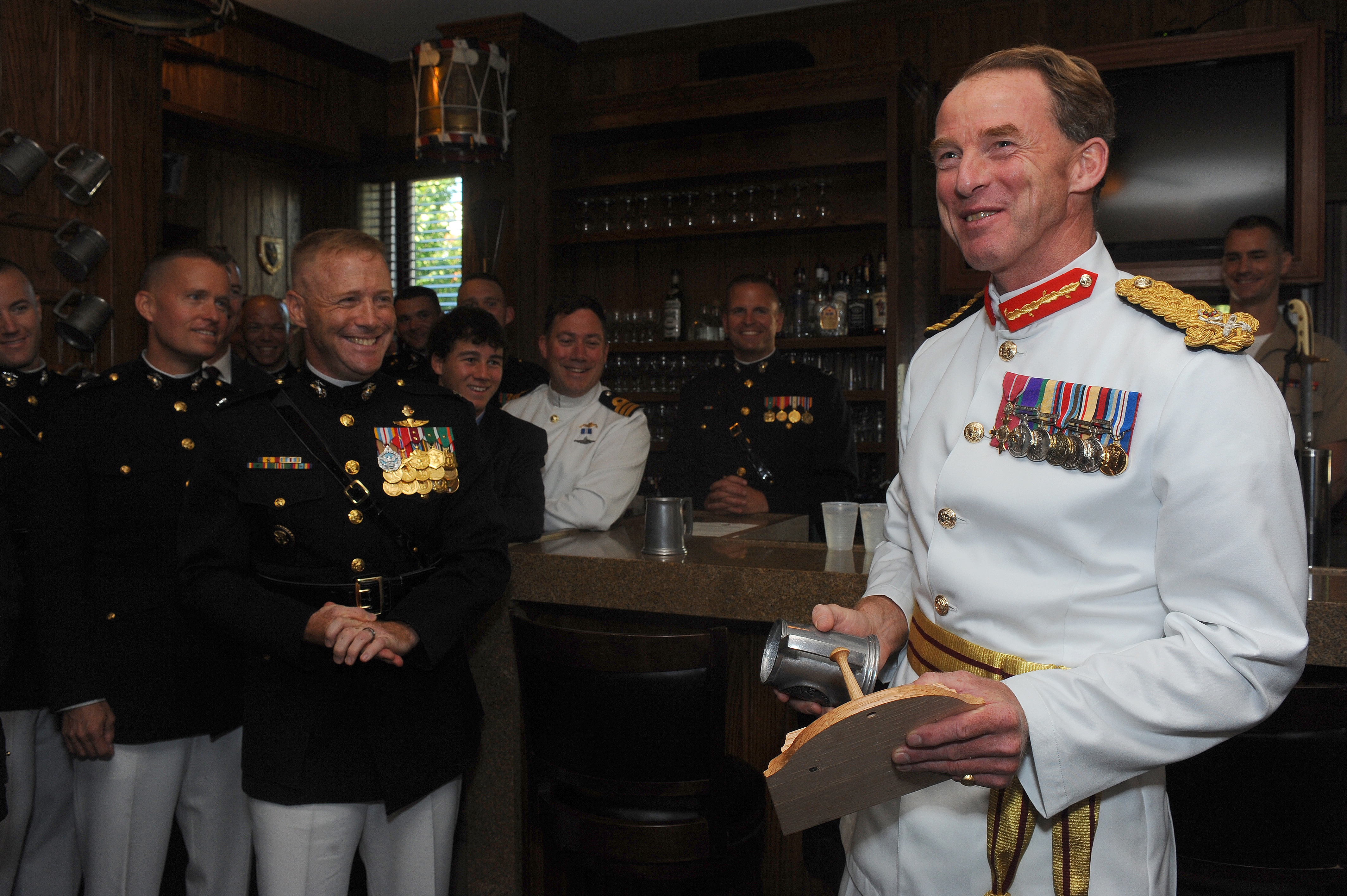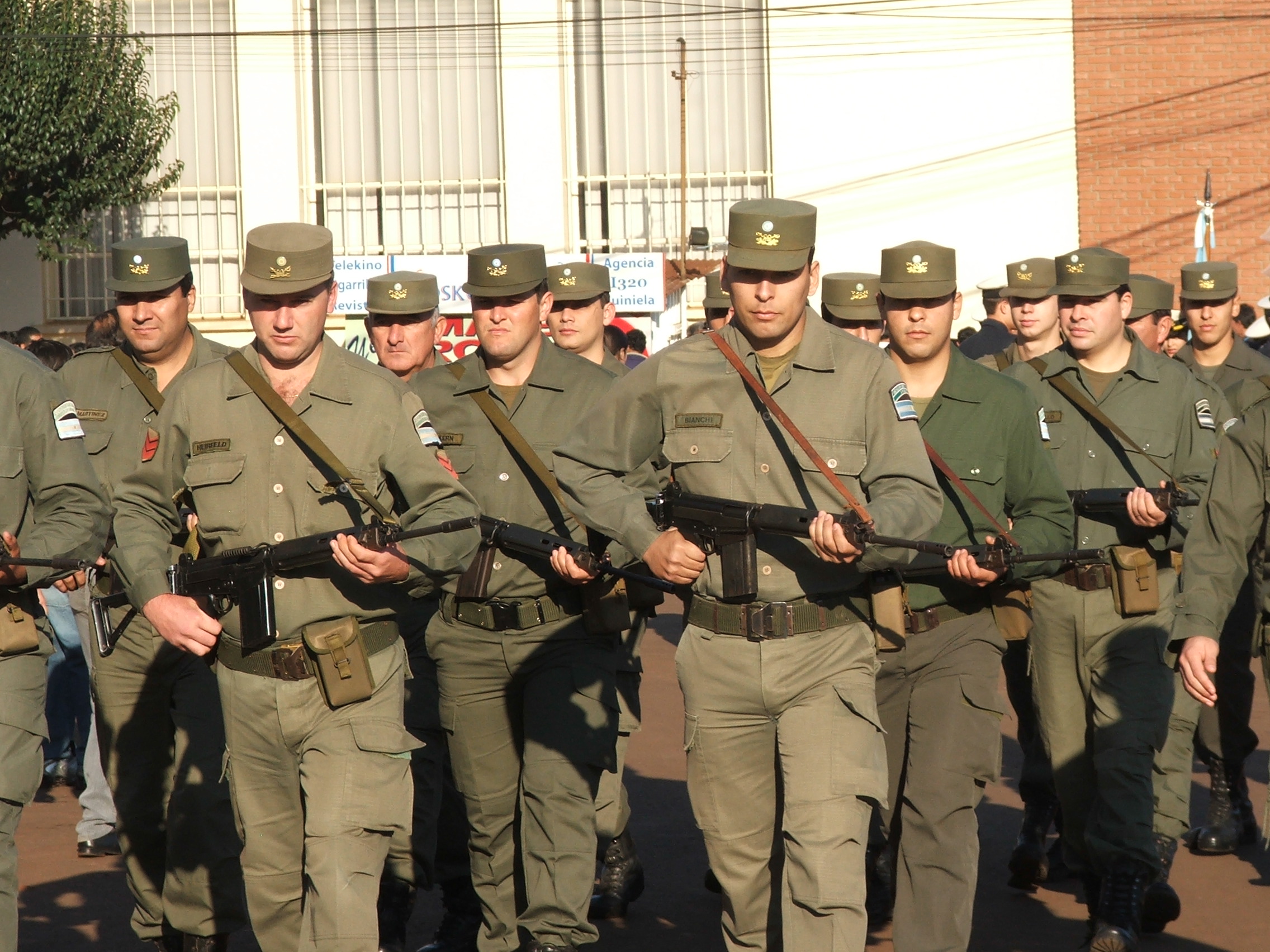|
Commandant General
Commandant-general is a military rank in several countries and is generally equivalent to that of major-general. Argentina Commandant general is the highest rank in the Argentine National Gendarmerie, and is held by the national director of the gendarmerie and his senior deputies. Depending on the appointment, it may be equal to any Argentine army rank from brigade general to the highest Argentine army rank, lieutenant general. Ireland During the Irish Civil War of 1922–23, the Irregulars, or anti-Treaty IRA, applied this term to the leaders of their various brigades throughout the country. The term was acquired from the Boer ranks, through veterans of the Irish Transvaal Brigade. Italy The ''comandante generale'' (commandant general) in Fascist Italy's Blackshirts was the title of their head and was held by Benito Mussolini from 1922 to 1943. The title is now held by the commander of the ''Carabinieri''. Portugal and Brazil Historically, commandant-general ( pt, comandante-g ... [...More Info...] [...Related Items...] OR: [Wikipedia] [Google] [Baidu] |
Argentine National Gendarmerie
The Argentine National Gendarmerie ( es, Gendarmería Nacional Argentina, GNA) is the national gendarmerie force and corps of border guards of the Argentine Republic. It has a strength of 70,000. The gendarmerie is primarily a frontier guard force but also fulfils other important roles. The force functions from what are today five regional headquarters at Campo de Mayo, Córdoba, Rosario, San Miguel de Tucumán and Bahía Blanca. Personnel and training Non-commissioned personnel of the gendarmerie are all volunteers and receive their training in the force's own comprehensive system of training institutions. Officers graduate after a three-year course at the National Gendarmerie Academy. Both officers and non-commissioned personnel have access to the specialist training establishments of the Army. History The gendarmerie was created in 1938 by the National Congress, and replaced the regiments of the Army which previously fulfilled the gendarmerie's missions. The gendarmerie was ... [...More Info...] [...Related Items...] OR: [Wikipedia] [Google] [Baidu] |
Portuguese Legion (Estado Novo) , 1808, a unit of the British Army, composed of Portuguese volunteers.
{{mil-unit-dis ...
Portuguese Legion may refer to: *Portuguese Legion (Napoleonic Wars), 1808–1813, military unit serving in concert with the forces of Napoleon * Portuguese Legion (Estado Novo), paramilitary state existing from 1936–1974 *Loyal Lusitanian Legion The Loyal Lusitanian Legion (LLL) was a foreign volunteer corps of the British Army, organized with Portuguese émigrés in England, that fought in the Peninsular War. The LLL was created by the initiative of Portuguese Army Colonels José Maria ... [...More Info...] [...Related Items...] OR: [Wikipedia] [Google] [Baidu] |
Commandant-General Of The RAF Regiment
The Commandant-General of the RAF Regiment (CG RAF Regt) is the Royal Air Force commander of the RAF Regiment. The post was established in January 1942 immediately prior to the creation of the RAF Regiment. The first two holders of the post were major-generals in the British Army. From 1948 onward, the Commandant-General has been an RAF officer of air rank. These officers all held the rank of air vice-marshal Air vice-marshal (AVM) is a two-star air officer rank which originated in and continues to be used by the Royal Air Force. The rank is also used by the air forces of many countries which have historical British influence and it is sometimes ... until 1993 when the post was downgraded to air commodore. In 2022, the position was more upgraded to Air Vice-Marshal with the appoint of AVM Michael Smeath. Commandants-general References {{reflist Royal Air Force Regiment Royal Air Force appointments ... [...More Info...] [...Related Items...] OR: [Wikipedia] [Google] [Baidu] |
Commandant General Royal Marines
The Commandant General Royal Marines is the professional head of the Royal Marines. The title has existed since 1943. The role is held by a General who is assisted by a Deputy Commandant General, with the rank of brigadier. This position is not to be confused with Captain General Royal Marines, the ceremonial head. The Commandant General Royal Marines is the counterpart to the Commandant of the United States Marine Corps. History In 1760 three naval captains were appointed colonels of marines. However, these were naval officers and it meant that the furthest a marine officer could advance was to lieutenant colonel. It was not until 1771 that commandants of the three divisions (Portsmouth, Plymouth and Chatham) were appointed. The first single professional head of the Royal Marine Forces was the Deputy Adjutant-General, a post which existed from 1825 until 1914 when the post was re-designated the Adjutant-General: the post holder usually held the rank of full general. Since 1943 th ... [...More Info...] [...Related Items...] OR: [Wikipedia] [Google] [Baidu] |
South African Army
The South African Army is the principal land warfare force of South Africa, a part of the South African National Defence Force (SANDF), along with the South African Air Force, South African Navy and South African Military Health Service. The Army is commanded by the Chief of the Army, who is subordinate to the Chief of the SANDF. Formed in 1912, as the Union Defence Force in the Union of South Africa, through the amalgamation of the South African colonial forces following the unification of South Africa. It evolved within the tradition of frontier warfare fought by Boer Commando (militia) forces, reinforced by the Afrikaners' historical distrust of large standing armies. Following the ascension to power of the National Party, the Army's long-standing Commonwealth ties were afterwards cut. The South African Army was fundamentally changed by the end of Apartheid and its preceding upheavals, as the South African Defence Force became the SANDF. This process also led to ... [...More Info...] [...Related Items...] OR: [Wikipedia] [Google] [Baidu] |
Republic Of South Africa
South Africa, officially the Republic of South Africa (RSA), is the southernmost country in Africa. It is bounded to the south by of coastline that stretch along the South Atlantic and Indian Oceans; to the north by the neighbouring countries of Namibia, Botswana, and Zimbabwe; and to the east and northeast by Mozambique and Eswatini. It also completely enclaves the country Lesotho. It is the southernmost country on the mainland of the Old World, and the second-most populous country located entirely south of the equator, after Tanzania. South Africa is a biodiversity hotspot, with unique biomes, plant and animal life. With over 60 million people, the country is the world's 24th-most populous nation and covers an area of . South Africa has three capital cities, with the executive, judicial and legislative branches of government based in Pretoria, Bloemfontein, and Cape Town respectively. The largest city is Johannesburg. About 80% of the population are Black South Africans ... [...More Info...] [...Related Items...] OR: [Wikipedia] [Google] [Baidu] |
Union Of South Africa
The Union of South Africa ( nl, Unie van Zuid-Afrika; af, Unie van Suid-Afrika; ) was the historical predecessor to the present-day Republic of South Africa. It came into existence on 31 May 1910 with the unification of the Cape, Natal, Transvaal, and Orange River colonies. It included the territories that were formerly a part of the South African Republic and the Orange Free State. Following World War I, the Union of South Africa was a signatory of the Treaty of Versailles and became one of the founding members of the League of Nations. It was conferred the administration of South West Africa (now known as Namibia) as a League of Nations mandate. It became treated in most respects as another province of the Union, but it never was formally annexed. Like Canada, Australia and New Zealand, the Union of South Africa was a self-governing dominion of the British Empire. Its full sovereignty was confirmed with the Balfour Declaration of 1926 and the Statute of Westminster 1931. ... [...More Info...] [...Related Items...] OR: [Wikipedia] [Google] [Baidu] |
Orange Free State
The Orange Free State ( nl, Oranje Vrijstaat; af, Oranje-Vrystaat;) was an independent Boer sovereign republic under British suzerainty in Southern Africa during the second half of the 19th century, which ceased to exist after it was defeated and surrendered to the British Empire at the end of the Second Boer War in 1902. It is one of the three historical precursors to the present-day Free State province. Extending between the Orange and Vaal rivers, its borders were determined by the United Kingdom of Great Britain and Ireland in 1848 when the region was proclaimed as the Orange River Sovereignty, with a British Resident based in Bloemfontein. Bloemfontein and the southern parts of the Sovereignty had previously been settled by Griqua and by '' Trekboere'' from the Cape Colony. The ''Voortrekker'' Republic of Natalia, founded in 1837, administered the northern part of the territory through a ''landdrost'' based at Winburg. This northern area was later in federation wi ... [...More Info...] [...Related Items...] OR: [Wikipedia] [Google] [Baidu] |
South African Republic
The South African Republic ( nl, Zuid-Afrikaansche Republiek, abbreviated ZAR; af, Suid-Afrikaanse Republiek), also known as the Transvaal Republic, was an independent Boer Republic in Southern Africa which existed from 1852 to 1902, when it was annexed into the British Empire as a result of the Second Boer War. The ZAR was established as a result of the 1852 Sand River Convention, in which the Government of the United Kingdom, British government agreed to formally recognise independence of the Boers living north of the Vaal River. Relations between the ZAR and Britain started to deteriorate after the British Cape Colony expanded into the Southern African interior, eventually leading to the outbreak of the First Boer War between the two nations. The Boer victory confirmed the ZAR's independence; however, Anglo-ZAR tensions soon flared up again over various diplomatic issues. In 1899, war again broke out between Britain and the ZAR, which was swiftly occupied by the British mil ... [...More Info...] [...Related Items...] OR: [Wikipedia] [Google] [Baidu] |



